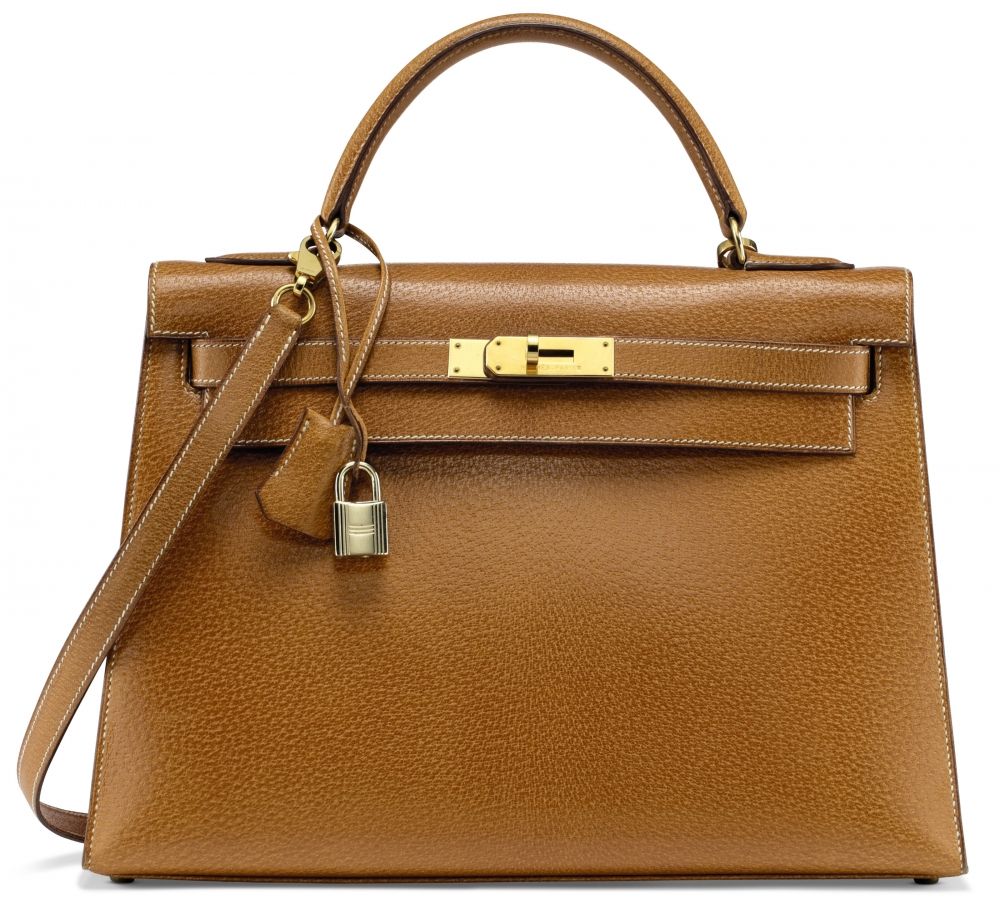


Some machines, like the Smith Corona Sterling Silent, need the tabs set from the rear, which is fine for most (though these pieces often get lost over the years and many machines come without them). For poetry, you may not care, but for most of the world this becomes a fatal flaw. Some don’t have any at all, like the stunning Groma Kolibri. More modern machines have pretty reliable tabulators, meaning you can set the tabs and margins wherever they are needed. Again, Smith Coronas were the earliest models to incorporate this feature in the 30’s. This makes for a very fluid and fast shift. The point is, instead of the whole carriage moving, just the type bars move.

Most people refer to it as a basket shift, though typewriter aficionados have consistently told me that ‘segment shift’ is the way they learned it. This is only found in smaller machines, notably the Hermes Baby. It is technically a carriage shift, but the carriage merely tilts instead of moving, so that the front of the carriage moves up to compensate for the capital letters, while the rear is static, on a hinge. (SM5 through SM8, by the way, are generally considered to be lesser Olympias, cutting back on some of the exciting features that made the SM3 and SM4 so wonderful). I love the Olympia SM 3 and SM 4 for style and usability, however, it wasn’t until the SM9, which doesn't look quite as cool, finally incorporated the carriage shift. It’s a skill, and also a design flaw.įor plodding out poetry, or for correspondence and shorter works, the carriage shift may make little difference to you. It's an important consideration if you'll be typing quickly, because shifting takes a lot of key pressure to life the x, and sometimes, if you don't do it all the way, you'll get a letter that is lower than the others. In this case, shifting is a rather cumbersome task, as the pinky, usually assisted by some spring mechanism, needs to put some effort in to lift a 1 lb carriage. This means that pressing the shift key lifts the carriage with the platen and rollers that holds the paper, so that the lower-case letter strikes the platen. The carriage shift was fairly standard on most designs until the 60’s (though the Smith Corona ‘Floating Shift’ models (which I include on this site) are a rare exception. Without these idiosyncratic pieces, the typewriter can’t be used, which is something of a design flaw in my opinion, in a world where most ribbons just sit in place and you’re good to go. Some typewriters, like Olivetti the Lettera 22 / 32, have little threaded caps that hold the ribbon into place (though a few are spring held). They usually come on cheap plastic spools, and I like to wind them onto the original metal spools that often come with the typewriter, because it just feels more sturdy and is more true to the spirit of the time. Ribbons, by the way, can be found everywhere. You can also use this with a fully black ribbon if you use up one half, and want to switch to the other half. With a duo-tone ribbon, some machines have the ability to switch between red and black at the flick of a switch. Most of the typewriters I’m referring to here do have options for single, double, or sometimes triple or half-line spacing. Similarly, the upper-case O often stands in for the 0, which doesn’t exist on some keyboards. For instance, vintage typewriters often don’t have a 1 key… one is meant to use the lower case L as a 1. There are some features that we may have become accustomed to in your digital typing career that you’ve taken for granted. Something reliable that can become a true companion in your writing life. What you want is something beautiful and inspiring that will also write thousands or hundreds of thousands or even millions of words for you over the years, even after some abuse. Sometimes, a machine is just too clunky to really rival its smaller brethren (an Olivetti Studio 44, for instance), so I don’t really recommend it. Sometimes, the rubber components like platens or the rubber feet on certain machines wear out, and some of these parts cannot be replaced. A lot of considerations have gone into me choosing these particular machines for your writing pleasure. So, while I appreciate the beauty of older machines, the machines I’ve gathered here balance the aesthetic with the usability. If you actually want to write on it, you need more than just a glass-keyed, well-engineered doorstop.
#HERMES 2000 CARRIAGE LOCK MANUAL#
But to be inspiring, it also needs to possess some of the quintessential design elements of a vintage manual typewriter.


 0 kommentar(er)
0 kommentar(er)
